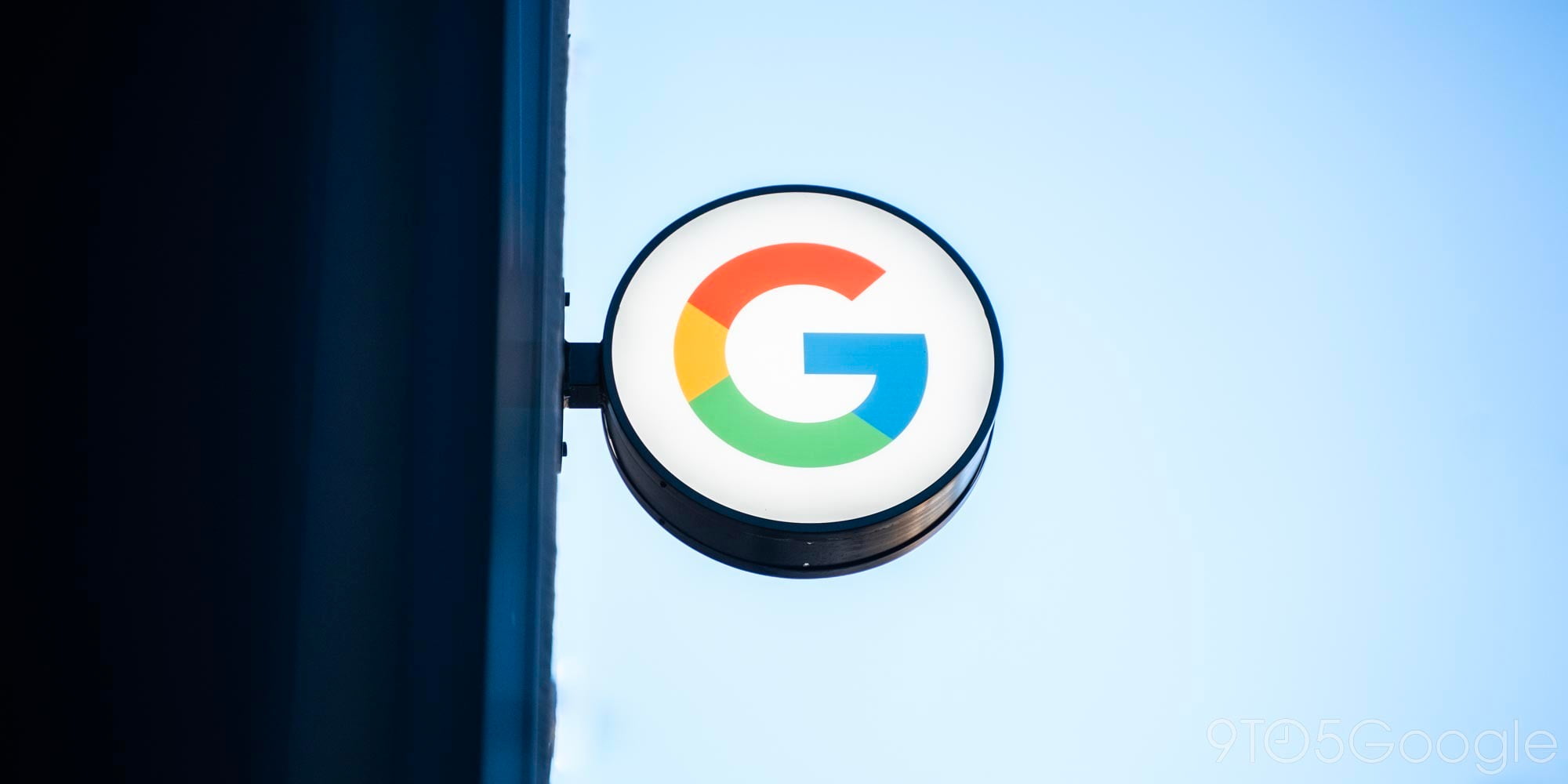Report: Alphabet seeking an R&D site for its self-driving cars near Ann Arbor, Michigan

According to a report over the weekend from Crain’s Detroit Business, Google/Alphabet is seeking an R&D site for its self-driving cars near Ann Arbor, Michigan. This report comes as FCC documents last month revealed that the Mountain View company was planning to bring the cars to four new cities. Kirkland, Washington officially became one of those locations two weeks ago, and as we noted, a location near Ann Arbor makes perfect sense to be one of the next bunch…
Expand
Expanding
Close



